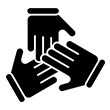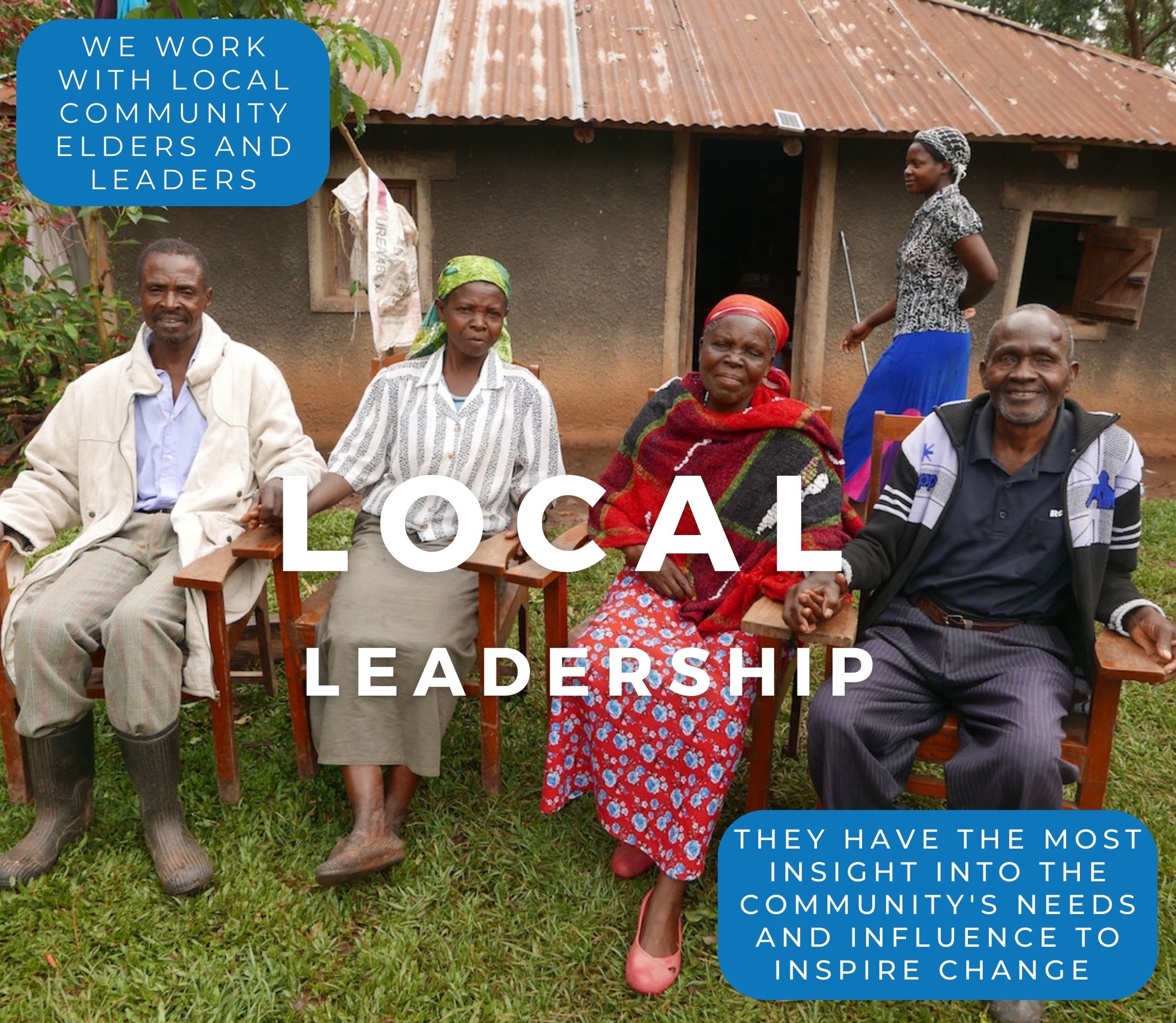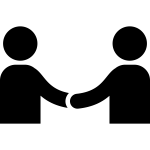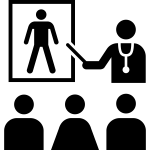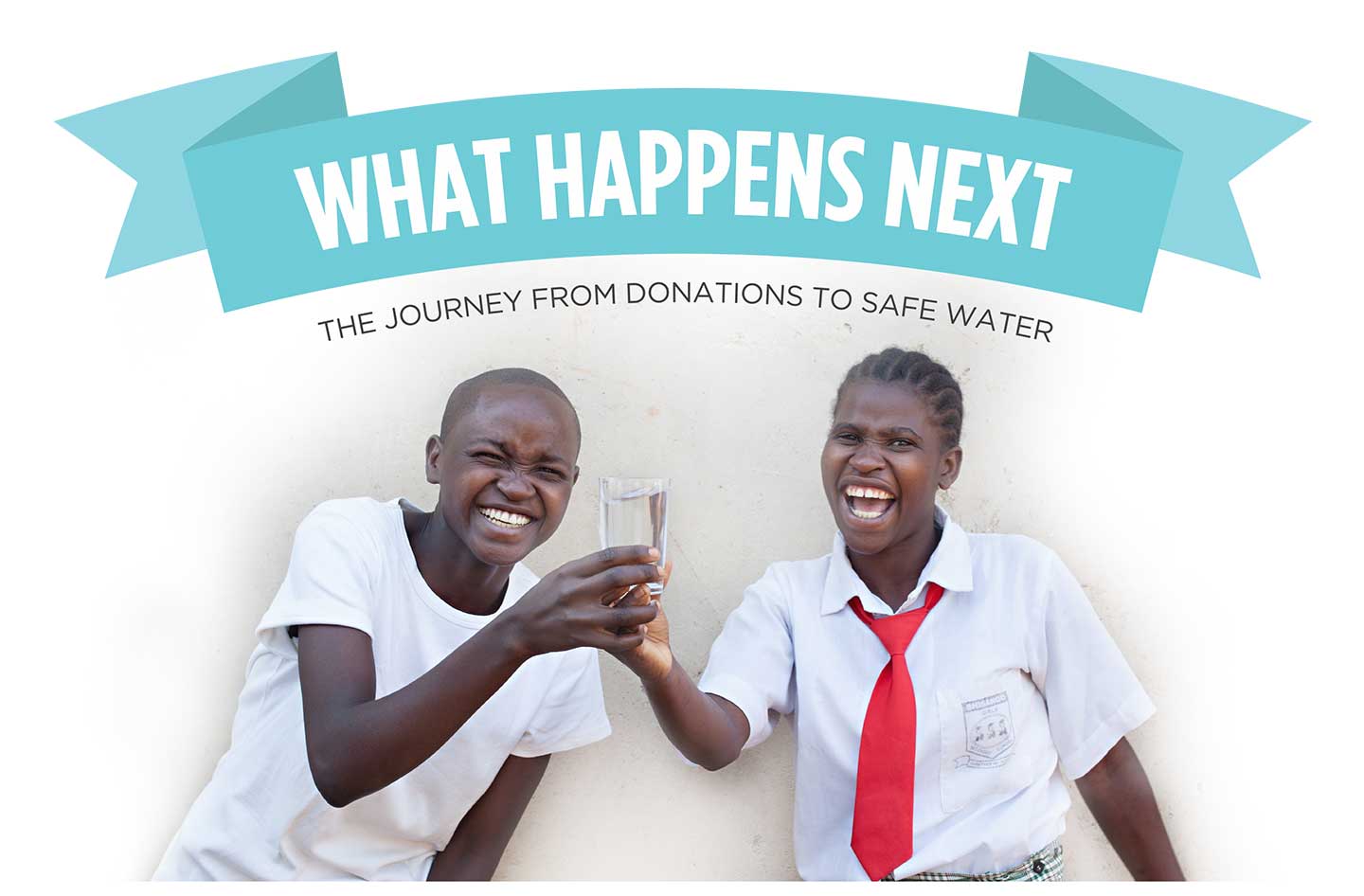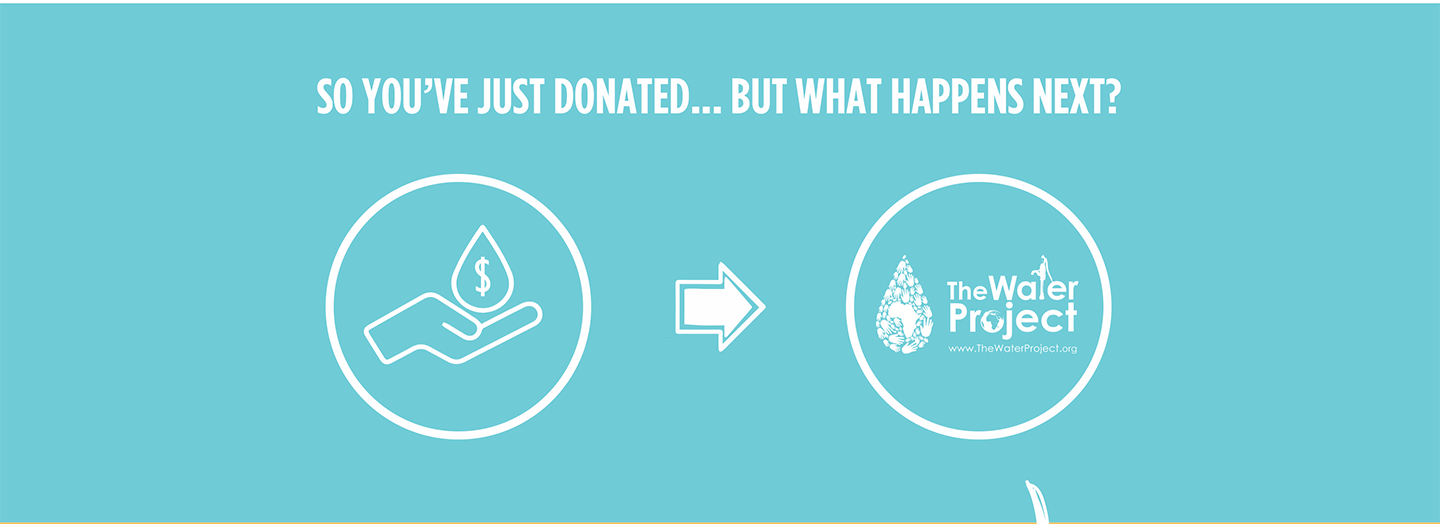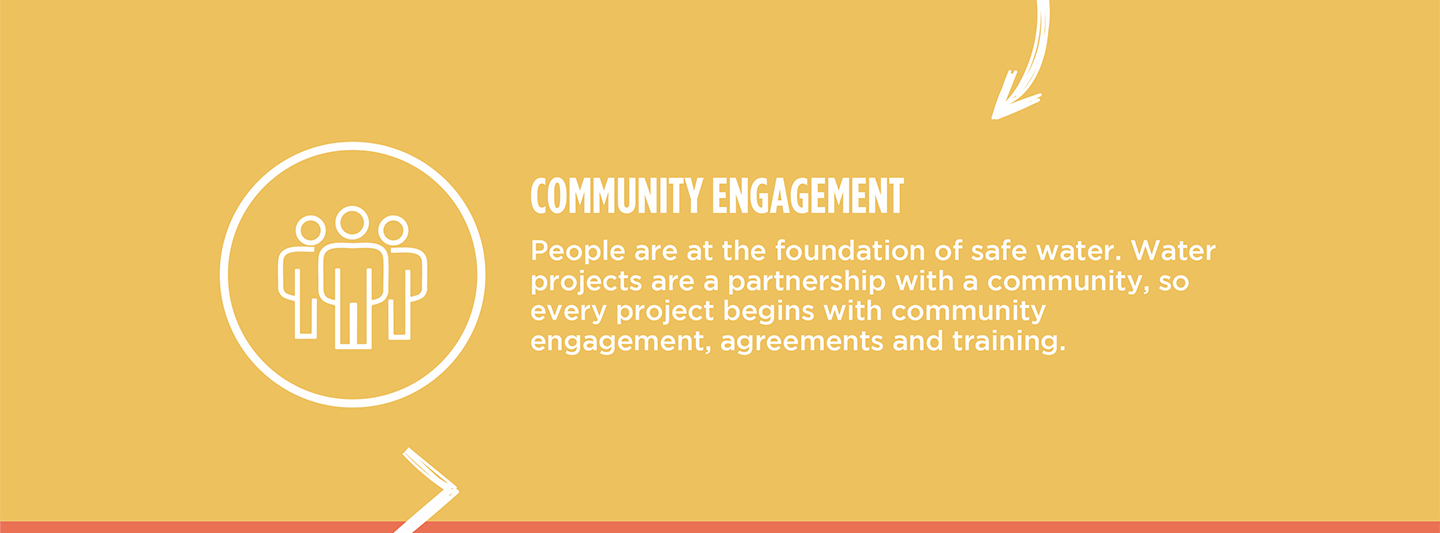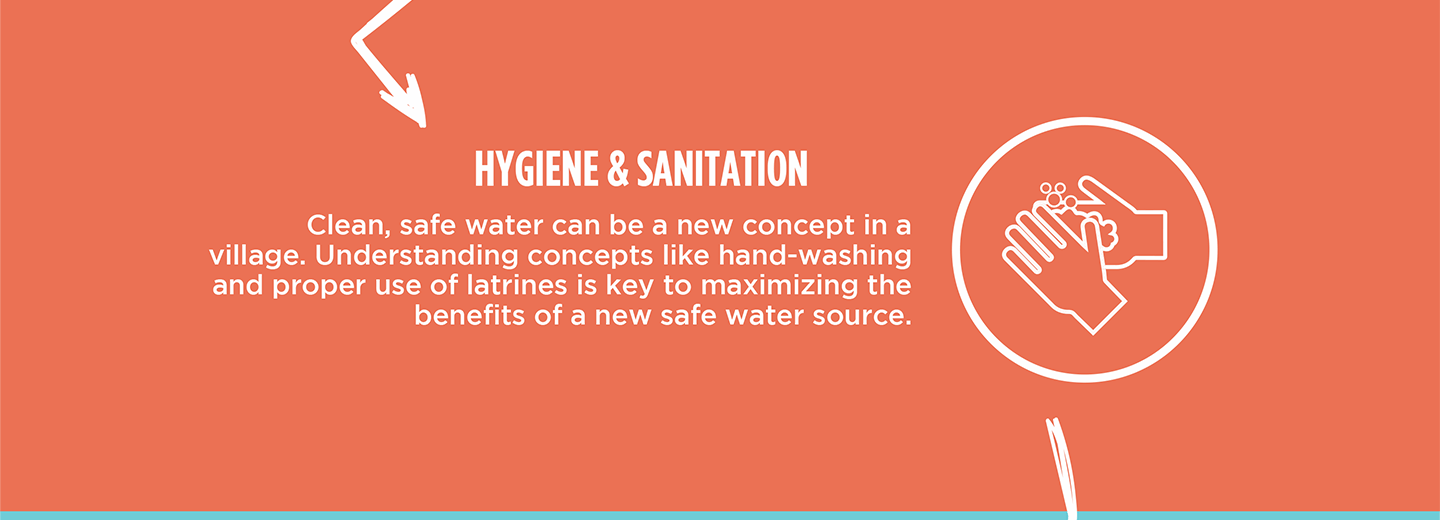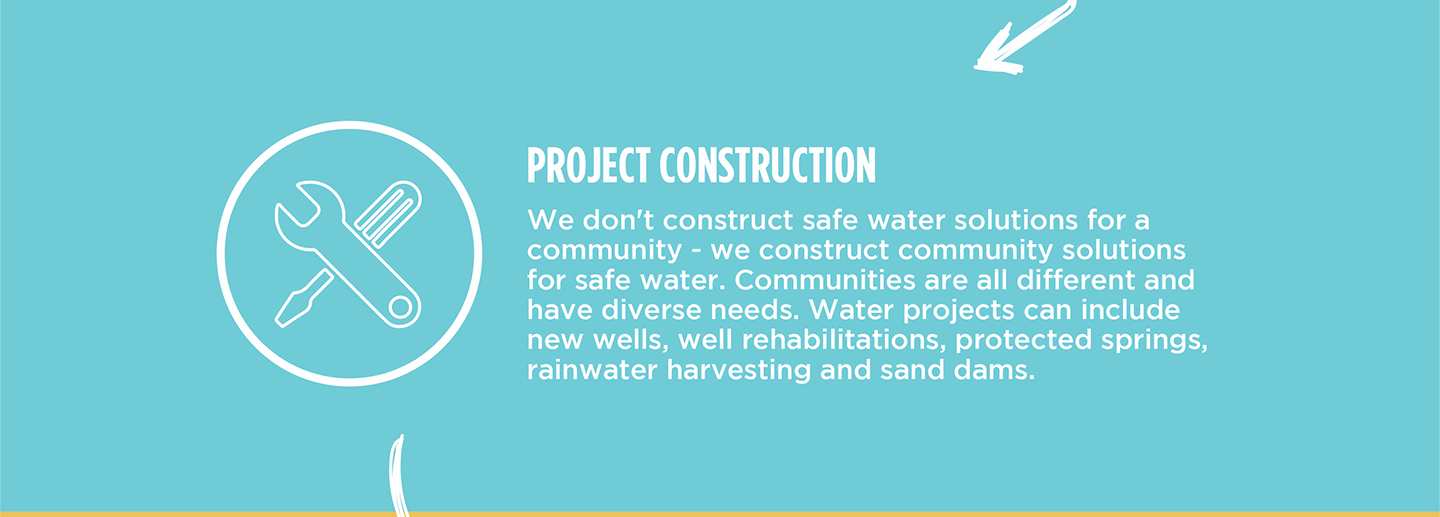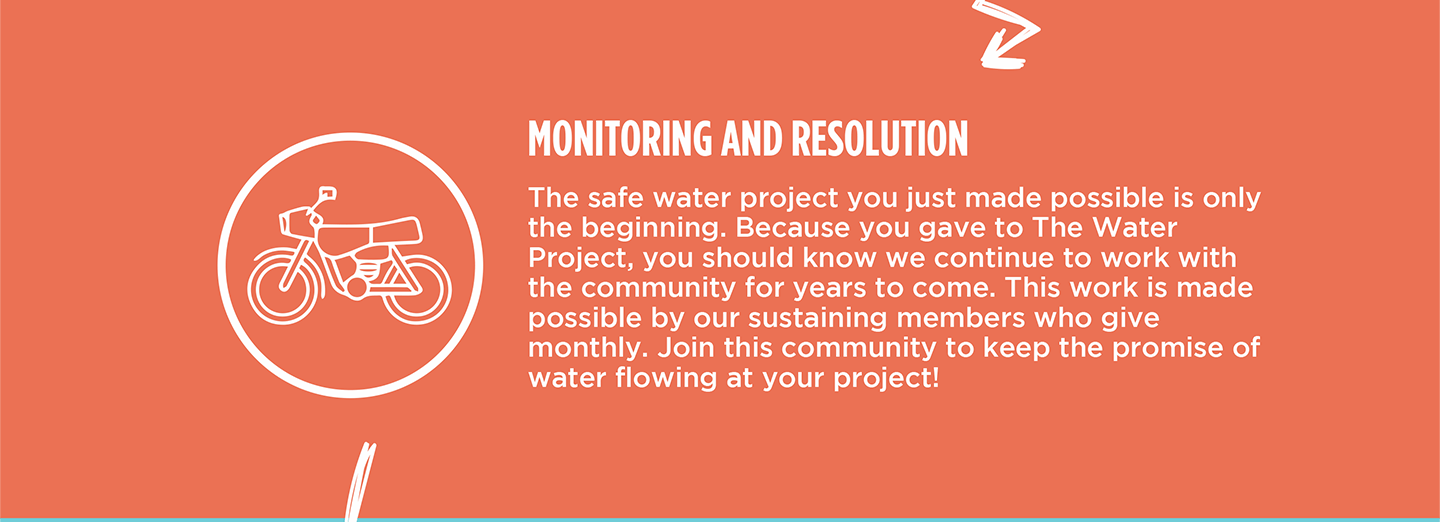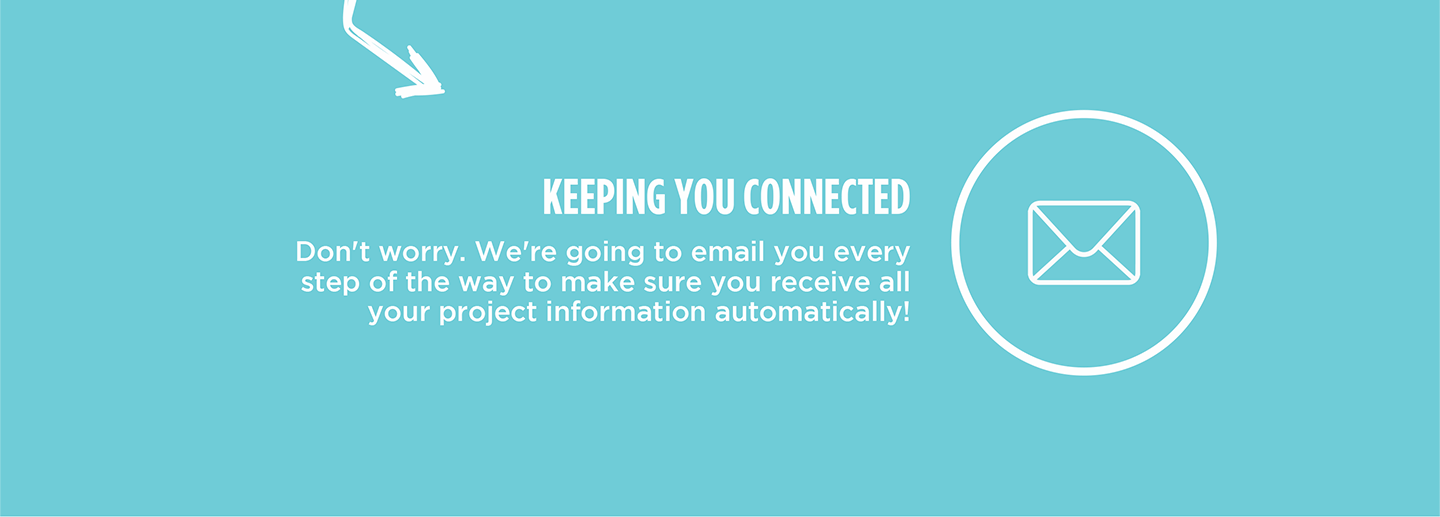The 350 people of the Kisalizi Community struggle to access sufficient water. They must travel a long distance, often to find the shallow well is broken down. Many are left scrounging for water from a nearby scoop hole, seen below, risking their health every time they consume the water they collect.

"My primary water source is a scoop hole near my home, but the water is very dirty and unsafe; I assume that this source being in a valley, rainwater carries feces [to] the water point. There are people who abandoned this scoop hole because there is someone who defecated in the water source," shared 26-year-old Christopher Abigaba, pictured below.

"I fetch drinking water from a shallow well (seen below) as an alternative source, but there is a long distance, hence consuming a lot of time. Sometimes I fail to access water from this shallow because it frequently breaks down since it is stressed as it serves people from Kisalizi center," he continued.

Children are also familiar with the hardships of the water crisis in Kisaliizi.
10-year-old Mariam A., seen below, shared, "I have challenges because the water source where I fetch water is open, and [animals] defecate in the water, making it unsafe. I always fall sick because of using this water, and it's always diarrhea and stomach upsets; my parents always spend a lot of money treating me and my other siblings."
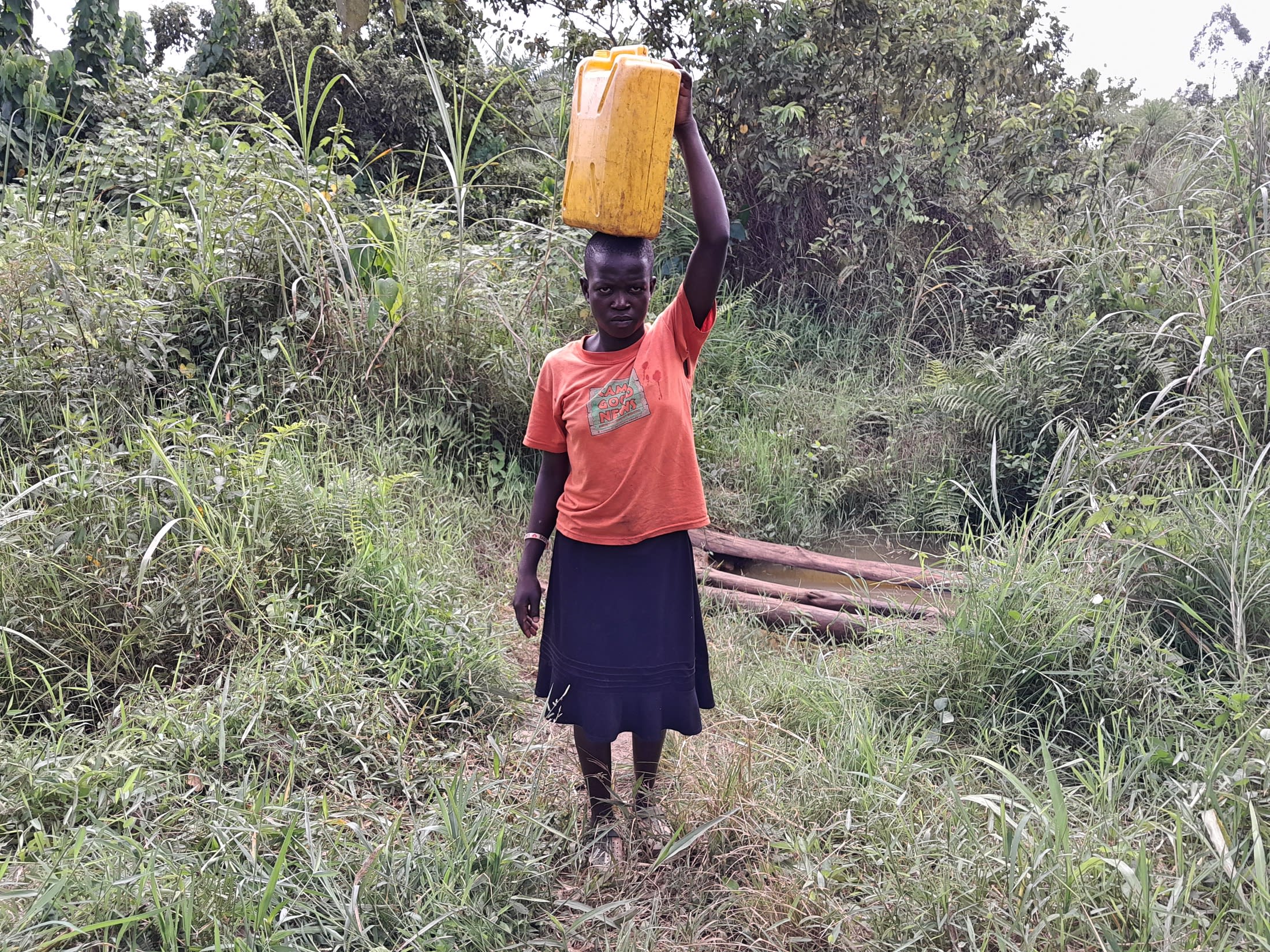
"There is an alternative source; it's a shallow well, but I cannot move there because it is far; it requires someone riding a bicycle, which I can't ride, hence failing to secure safe drinking water. I also fear moving to the alternative source because it requires me to cross the tarmac road, which is always busy," she continued.
As Mariam shared, having a bicycle to get to the distant well is a luxury few have. Even with the convenience of riding a bike, hauling water for up to 2 hours one way for some community members is draining.

Installing the new well will enable people like Christopher and Mariam to collect water easily that is safe to consume. This will allow them to invest time into their livelihoods and educations, creating the opportunity to build a better future for their community as a whole.
The Proposed Solution, Determined Together...
At The Water Project, everyone has a part in conversations and solutions. We operate in transparency, believing it benefits everyone. We expect reliability from one another as well as our water solutions. Everyone involved makes this possible through hard work and dedication.
In a joint discovery process, community members determine their most advantageous water solution alongside our technical experts. Read more specifics about this solution on the What We're Building tab of this project page. Then, community members lend their support by collecting needed construction materials (sometimes for months ahead of time!), providing labor alongside our artisans, sheltering and feeding the builders, and supplying additional resources.
Water Access for Everyone
This water project is one piece in a large puzzle. In Kenya, Sierra Leone, and Uganda, we're working toward complete coverage of reliable, maintained water sources that guarantee public access now and in the future within a 30-minute round trip for each community, household, school, and health center. One day, we hope to report that this has been achieved!
Training on Health, Hygiene & More
With the community's input, we've identified topics where training will increase positive health outcomes at personal, household, and community levels. We'll coordinate with them to find the best training date. Some examples of what we train communities on are:
- Improved hygiene, health, and sanitation habits
- Safe water handling, storage & treatment
- Disease prevention and proper handwashing
- Income-generation
- Community leadership, governance, & election of a water committee
- Operation and maintenance of the water point
A Community-Wide Approach
In Uganda, we require that the community pledges to stop any open defecation practices before we install the water project — meaning that every household must construct and use a latrine. This will help prevent the spread of diseases and start them on a new path toward better hygiene and sanitation alongside their new water source.
To help with this, we assign a Community Development Officer (CDO) to each community, who encourages each household to install a handwashing facility, animal-keeping structures, a garbage pit, and a drying rack for dishes. Each of these homestead components prevent commonly spread diseases in their own way.
We implement something called a Community-Led Total Sanitation (CLTS) approach, which involves setting up multiple meetings during which community members assess their own hygiene and sanitation practices in hopes of creating long-term change. During these sessions, leaders naturally emerge and push the community to recognize current unhealthy behaviors that affect the entire community.

 Borehole Well and Hand Pump
Borehole Well and Hand Pump
 Rehabilitation Project
Rehabilitation Project
